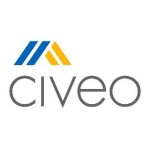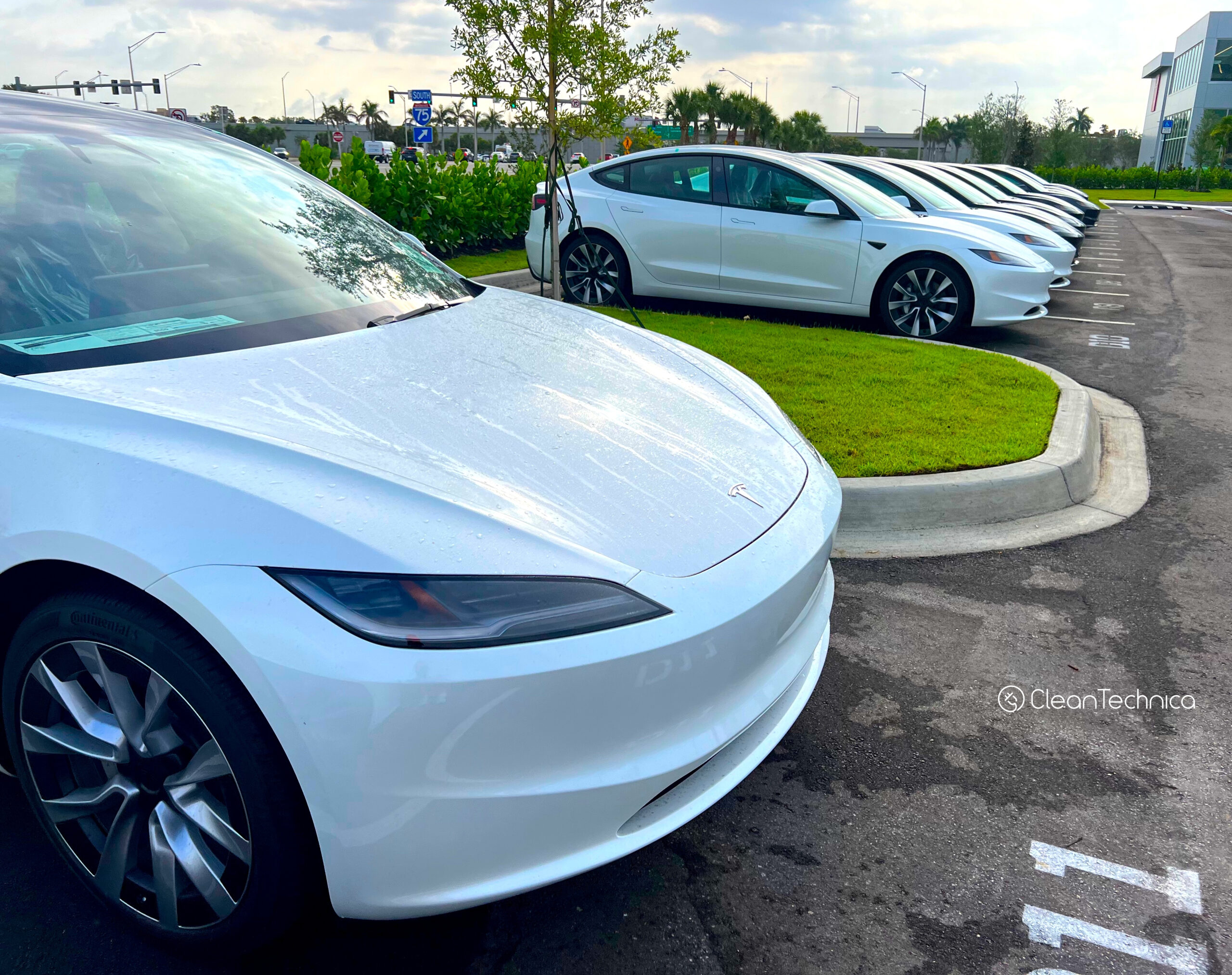Sign up for daily news updates from CleanTechnica on email. Or follow us on Google News!
Tesla’s latest FSD Beta release v12.3 is generally getting good feedback from beta testers except for a few hiccups here and there.
FSD Beta version 11 was struggling at unprotected left turn (UPL) scenarios. Although Tesla kept improving the algorithms, V11 did not improve significantly.
Tesla Model 3 owner and ex-US Air Force pilot Chuck Cook tests FSD Beta on a complex UPL near his home in Jacksonville, Florida (JAX). This UPL gained fame in early FSD Beta builds and was even included in the software’s release notes.
Tesla stopped deploying new FSD Beta updates to Chuck Cook’s car after v11.4.9. In the meantime, Tesla’s employees were suspectedly spotted testing V12 on the same UPL in JAX multiple times. This was the training Tesla wanted to give to Autopilot AI before giving Chuck the final chance to test a customer car on this UPL.
Chuck received his FSD Beta v12.3 Autopilot update yesterday. Guess what he did first? Took his Tesla Model 3 to test on his complex UPL with varying degrees of traffic in multiple attempts.
The point to keep in mind here is that FSD V12 functions on end-to-end neural net artificial intelligence. Compared to its previous versions, Tesla had hard-coded various scenarios. FSD Beta 12 does not need manual code to run. According to Tesla’s Elon Musk, around 300K lines of code was removed from the backend and replaced with neural net decision-making using Tesla Vision AI.
In his latest video, Chuck took his challenging UPL more than 10 times. The first attempt was a good one. But in the 2nd attempt, instead of getting to the median faster, the car almost crept to the gap before taking the left turn.
In another attempt, Autopilot FSD Beta v12.3 took a bit of a risky left turn. At first, the car waited patiently at its creep limit, but later it decided to move forward with traffic still coming from the left. The gap from the traffic was not large, but according to Chuck, the car sensed that the oncoming pickup truck was slowing already. However, this was a goosebumps attempt at the UPL.
One other attempt particularly turned out to be dangerous where Chuck had to take over the vehicle’s control for safety (called a disengagement or intervention). This happened when the Tesla vehicle was halfway to the median but a pickup truck approached from the front fast and took a speedy left turn from a close distance. This confused Tesla Autopilot completely and the car paused in the middle of the road. Chuck Cook had to intervene to accelerate and avoid any vehicles coming from the left.
Chuck explained what happened in this attempt in his words:
So, that opposing truck blinded it and the car decided to stop in the lane of traffic. So, that was the reaction that I was afraid of based on that earlier turn where it just was acting like the lane is where it needed to do its waiting. That was a bailout scenario with fast-opposing traffic coming towards me. That truck jumped into the lane after it had committed and it created a scenario where it needed to get into the median and it didn’t in the timeframe I was comfortable with.
So, that was a tough one. That truck jumping in complicated it by an order of magnitude for sure but what I don’t like is its behavior so far to pause in the lane of the oncoming traffic to buy time, that’s not where you can buy time.
So, in most of the attempts, the vehicle performed better at these difficult UPLs, but in some scenarios, it didn’t. According to Tesla, FSD Beta v12.3 is a big update (no release notes). It’s getting good reviews from the testers but still has a lot of room for improvement in scenarios encountered in Chuck Cook’s testing.
Let us know your thoughts on these tests in the comments box below.
Courtesy of Tesla Oracle.
Have a tip for CleanTechnica? Want to advertise? Want to suggest a guest for our CleanTech Talk podcast? Contact us here.
Latest CleanTechnica TV Video
CleanTechnica uses affiliate links. See our policy here.





